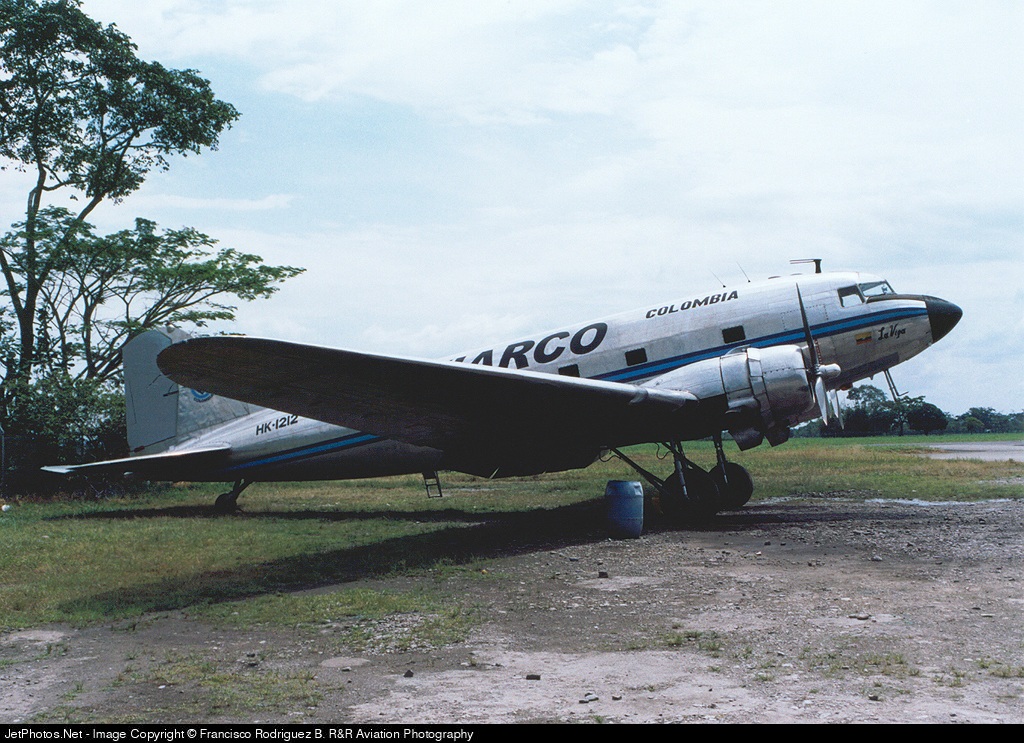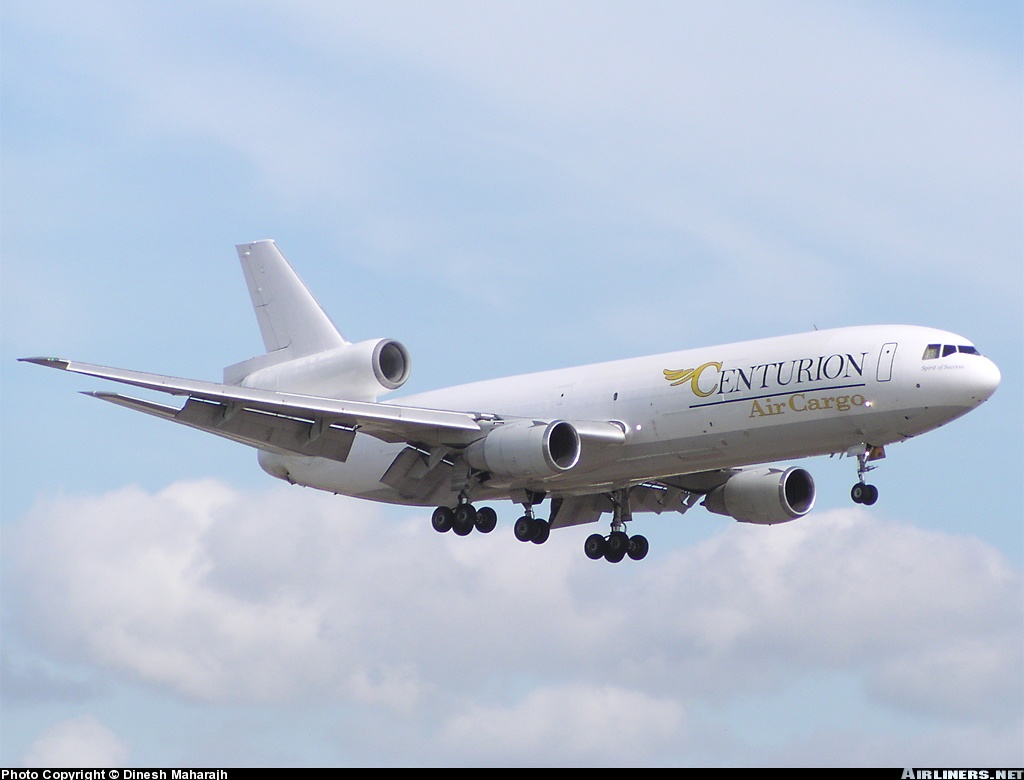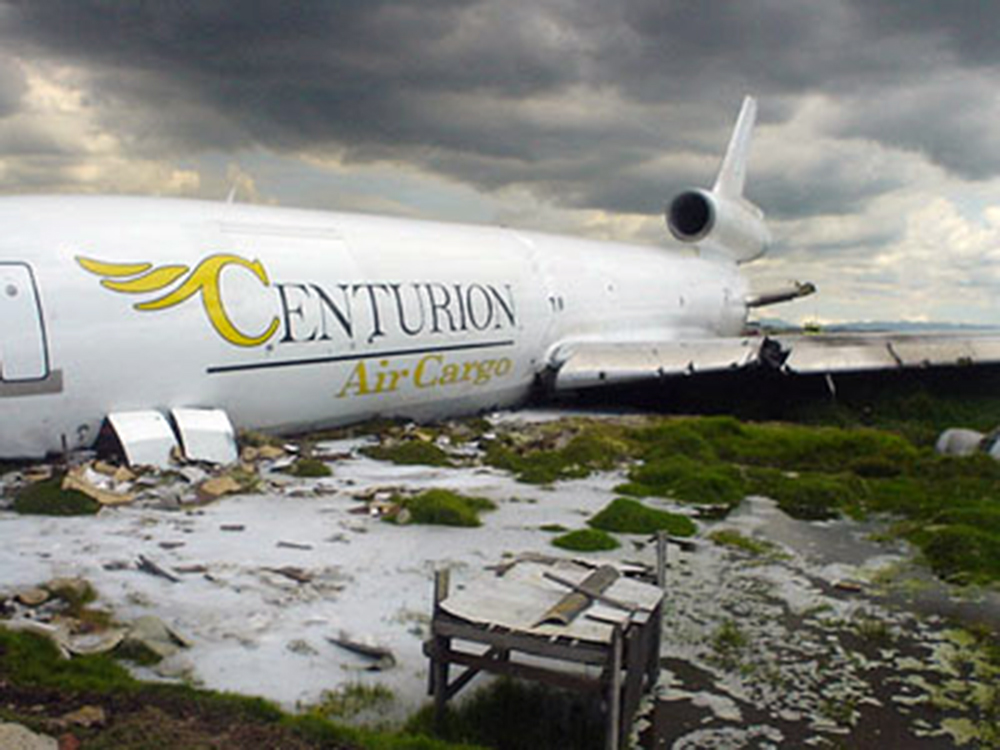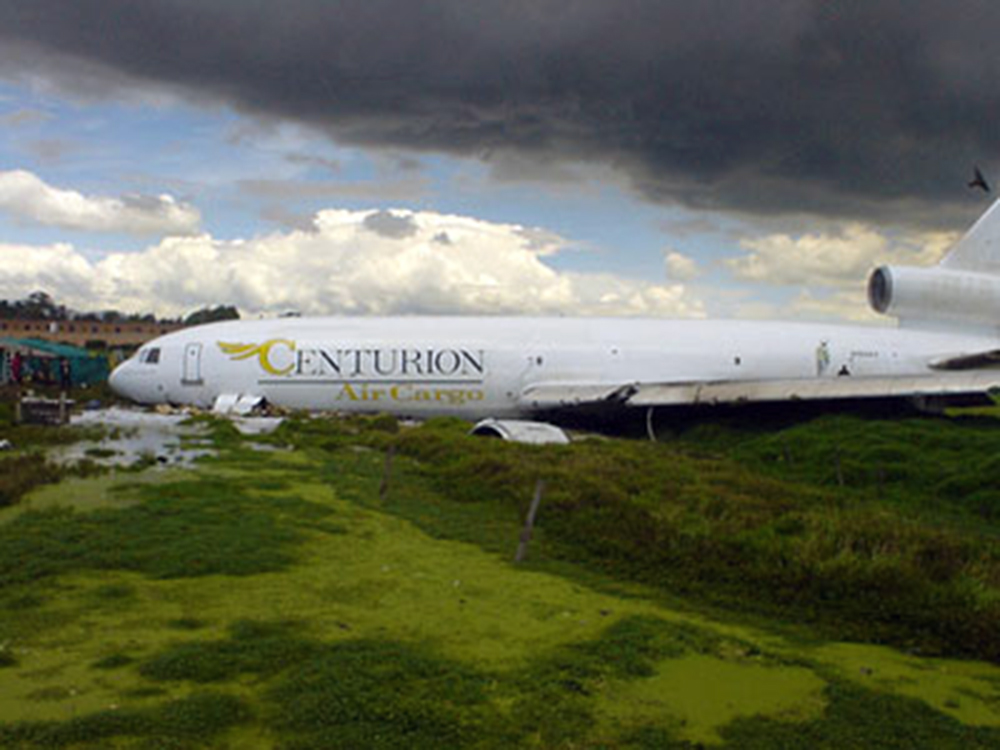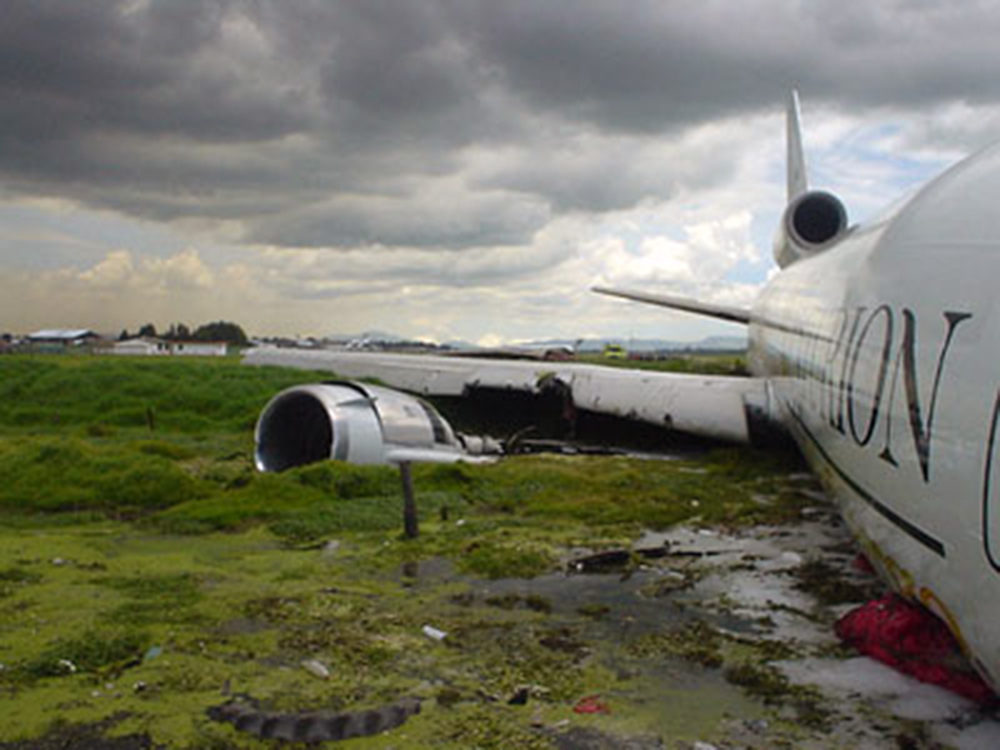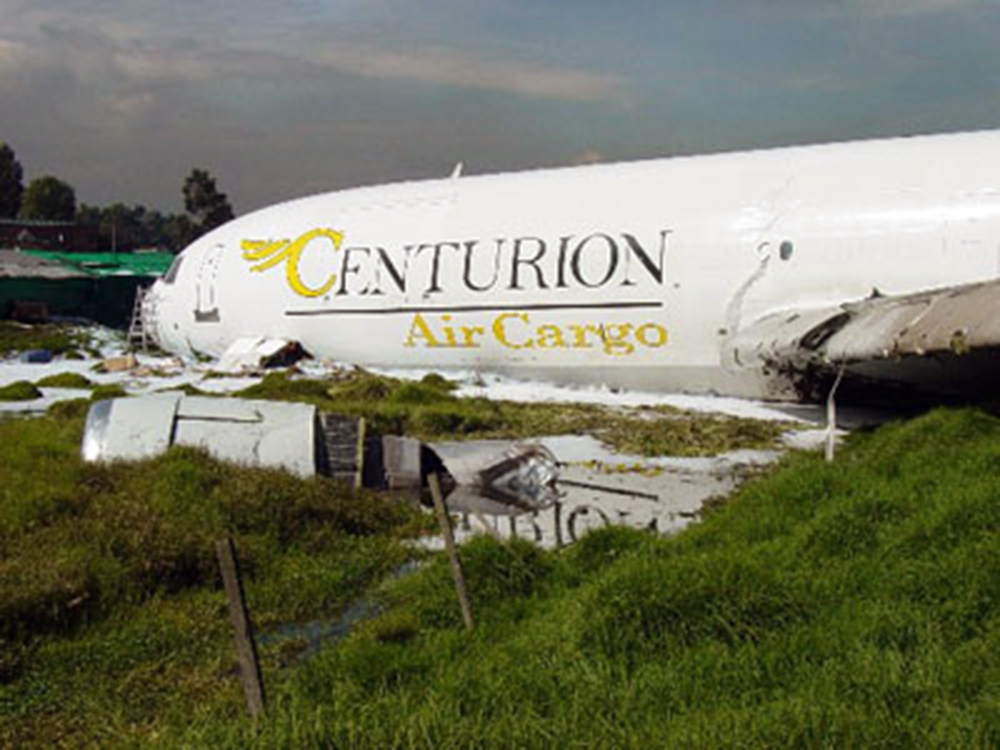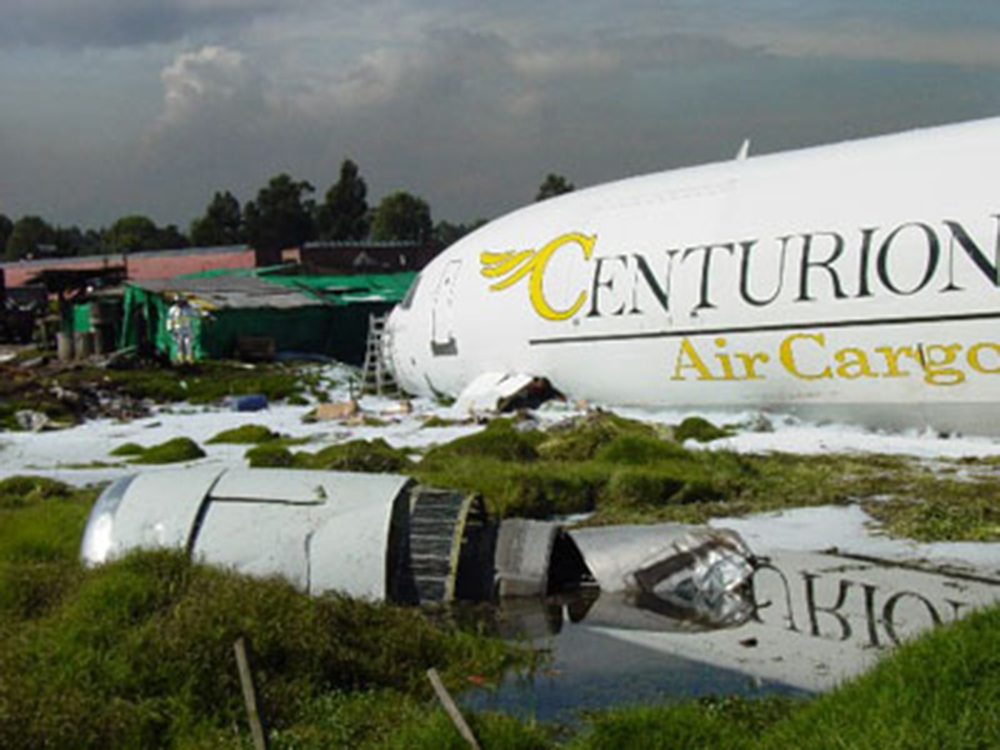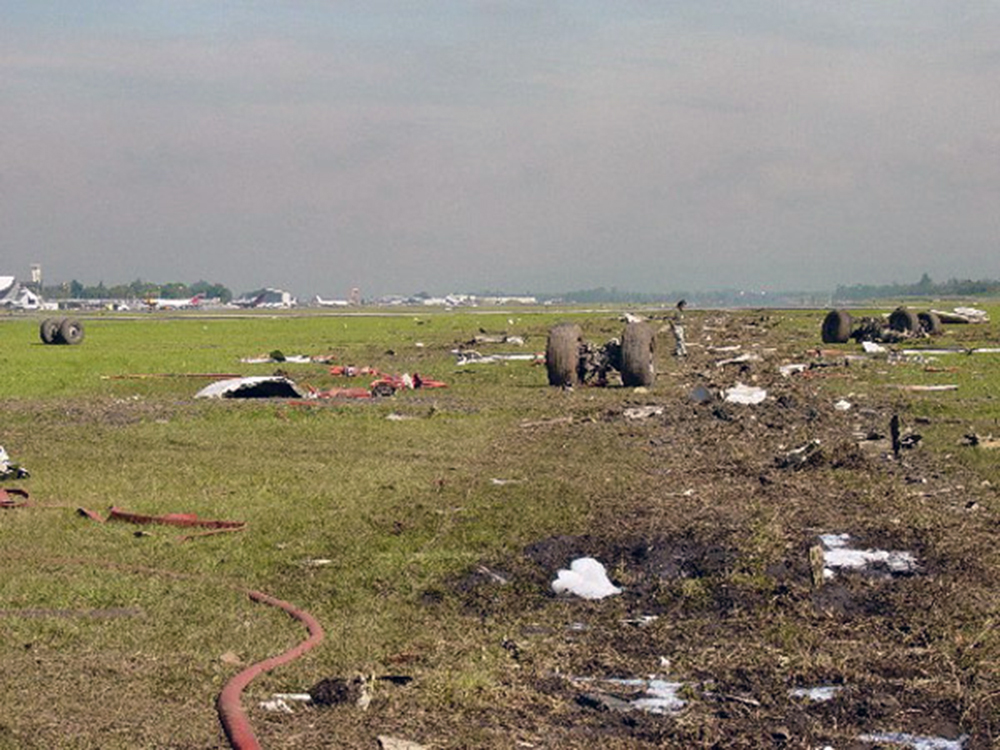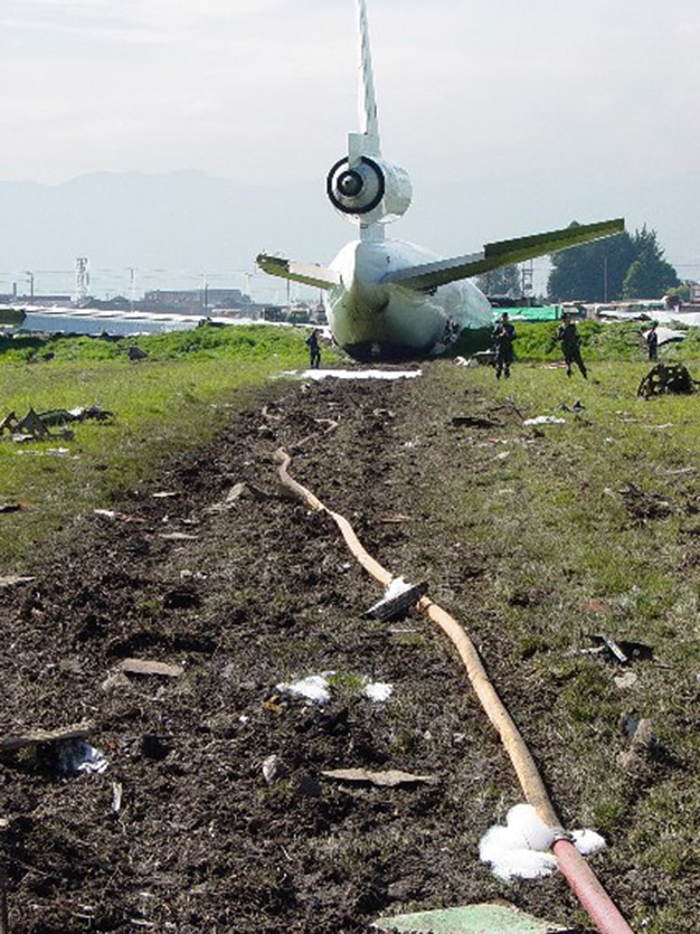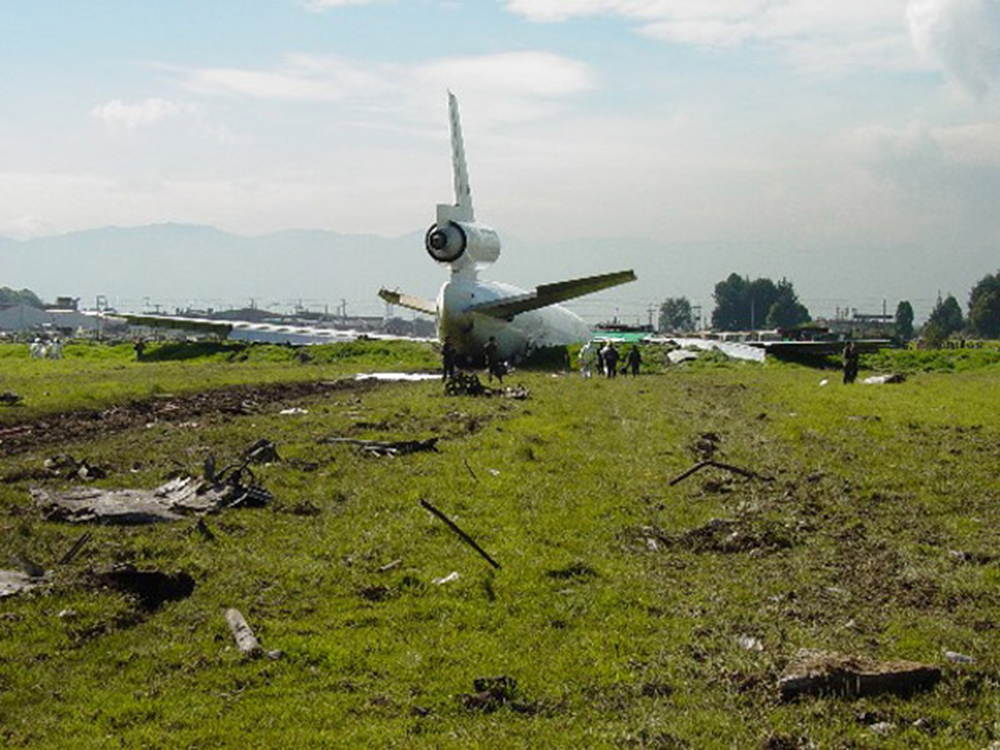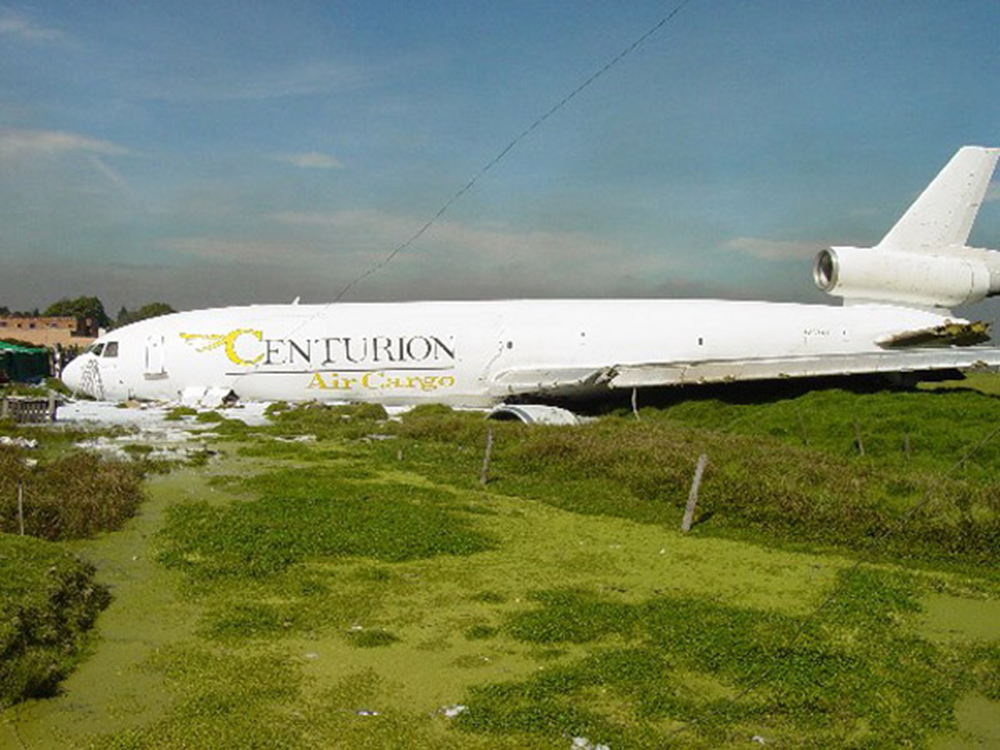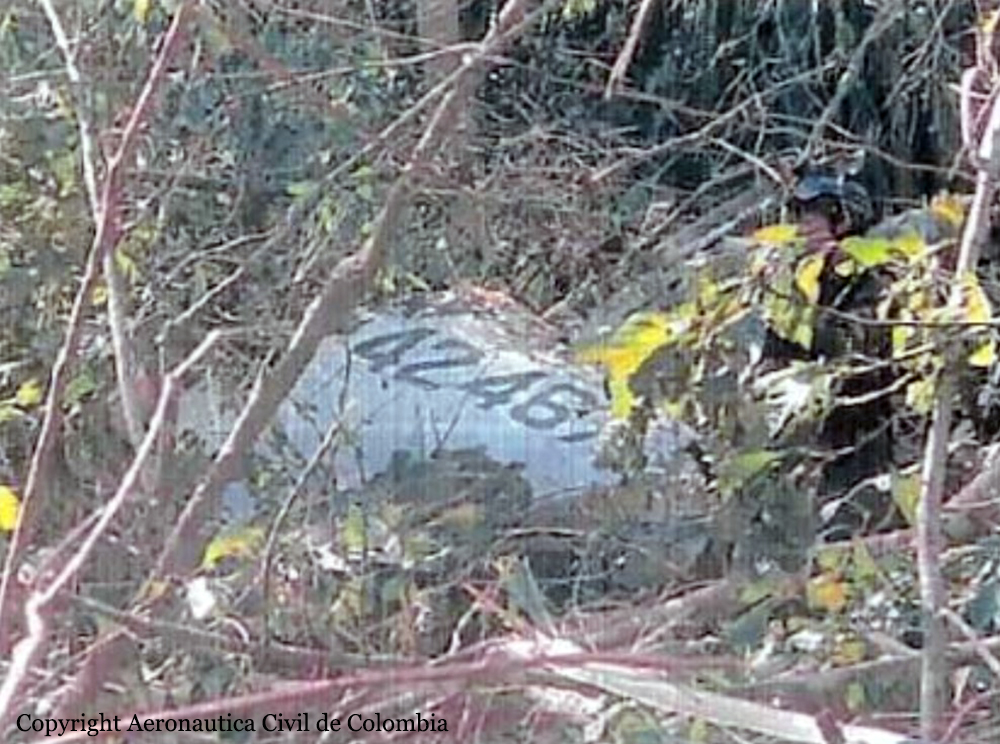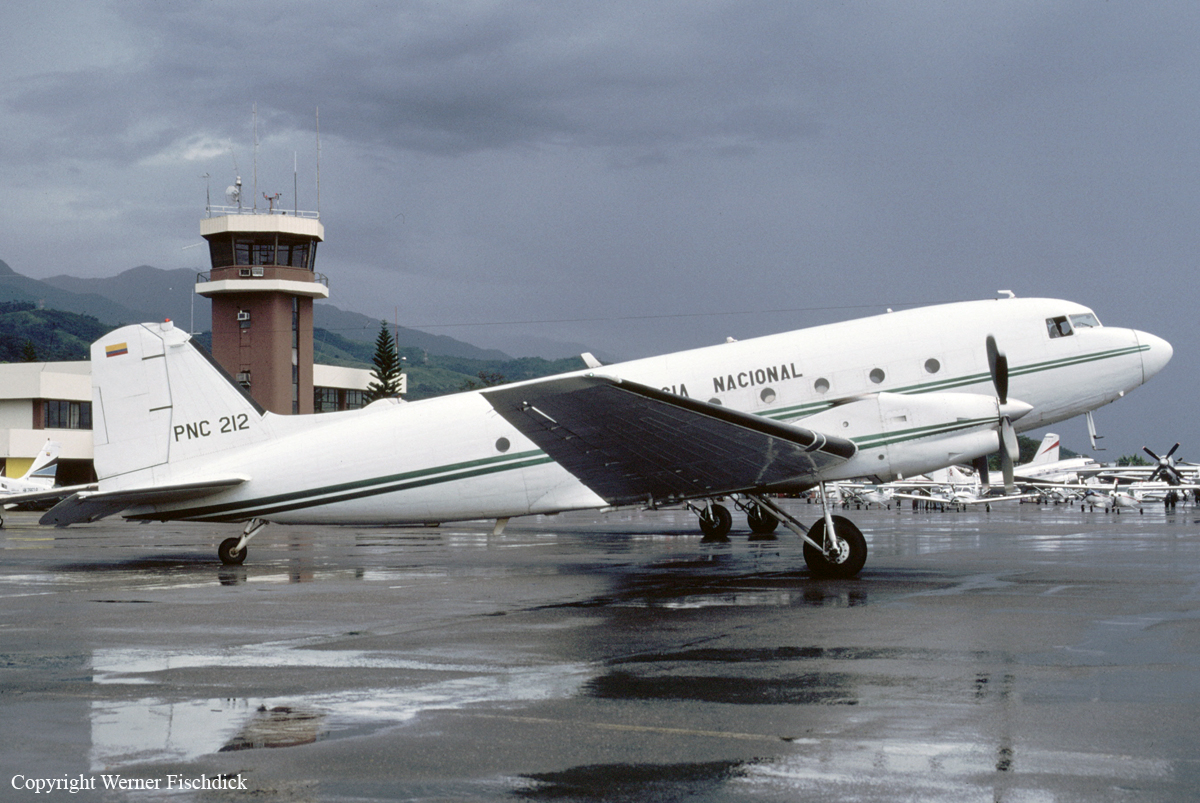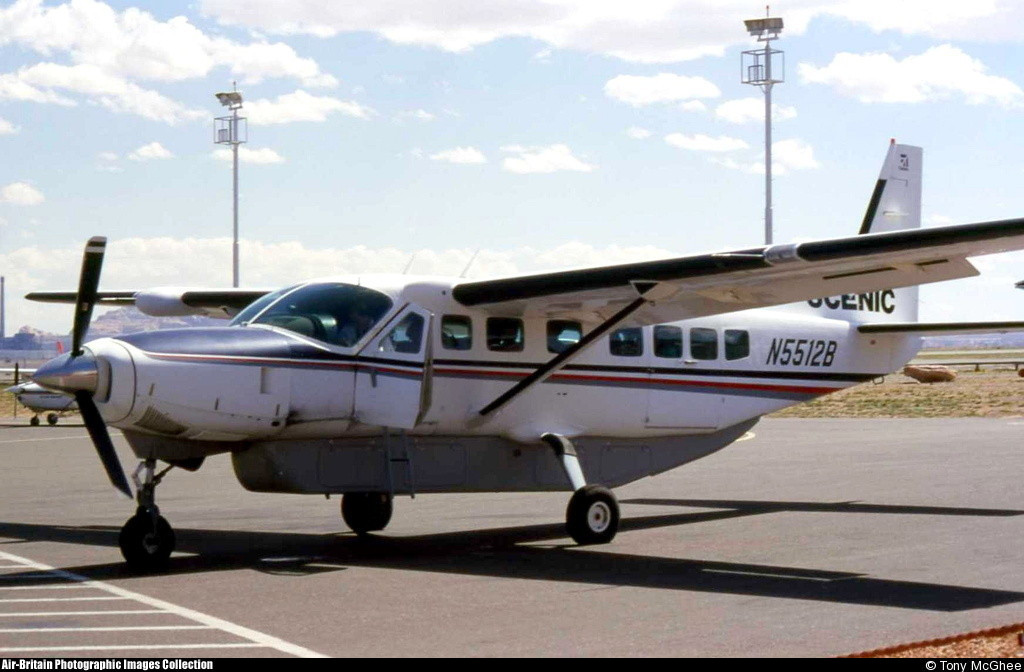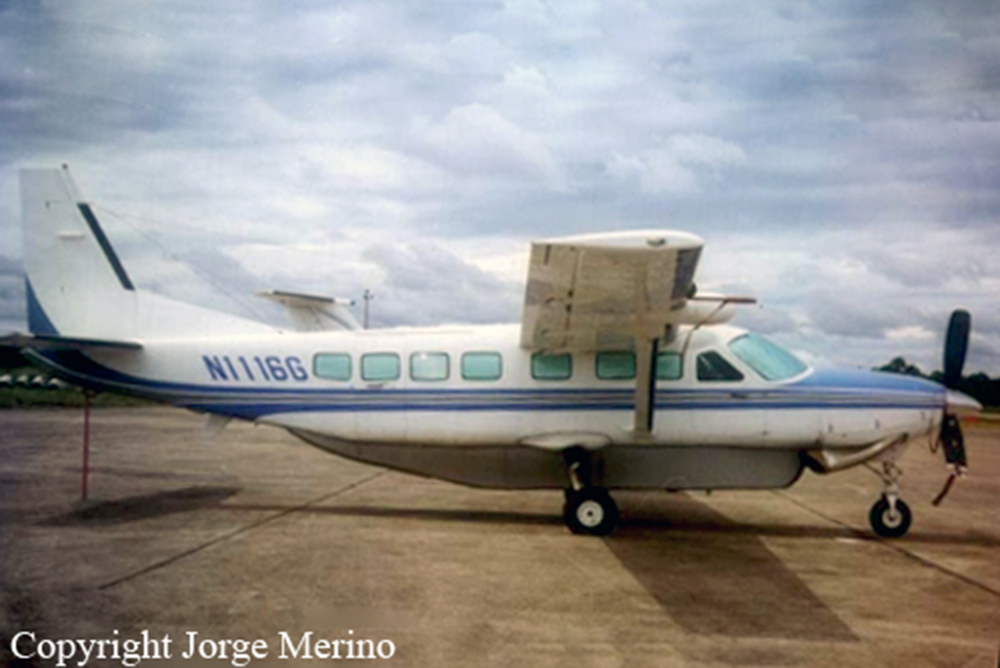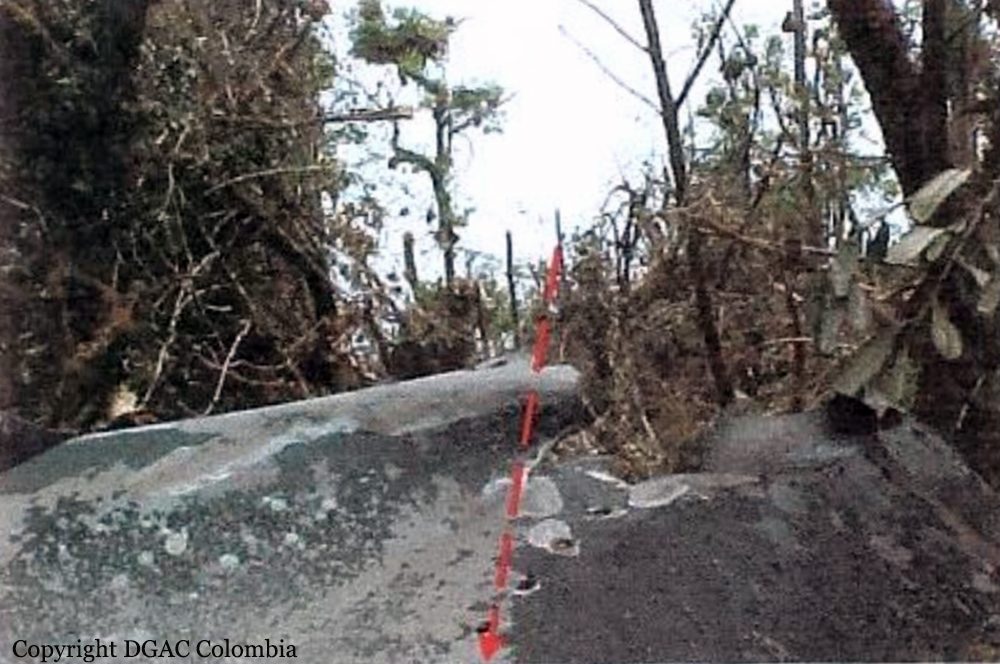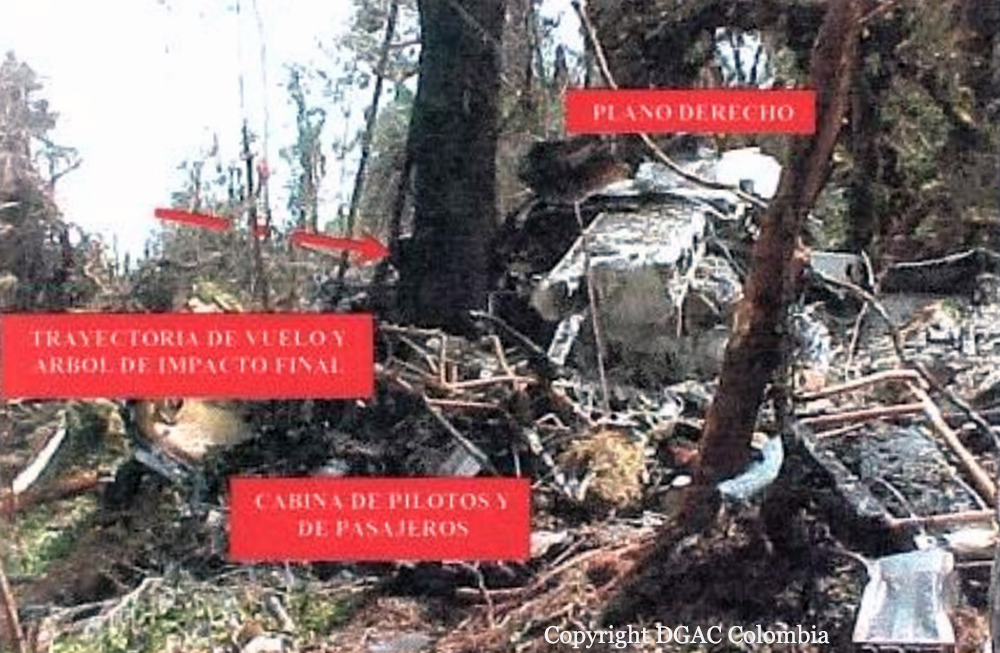Crash of a Douglas DC-3-455 in Las Gaviotas
Date & Time:
Jun 21, 2004 at 1700 LT
Registration:
HK-1212
Survivors:
Yes
Schedule:
Las Gaviotas – Puerto Carreño
MSN:
4987
YOM:
1942
Crew on board:
2
Crew fatalities:
Pax on board:
18
Pax fatalities:
Other fatalities:
Total fatalities:
0
Aircraft flight hours:
50159
Circumstances:
Following technical problems, a DC-3 operated by Viarco diverted to Las Gaviotas Airport and was grounded. The operator send a second aircraft to Las Gaviotas to pick up the passengers. Shortly after takeoff from runway 24, while in initial climb, the right engine failed and caught fire. The aircraft stalled and crashed in a wooded area, bursting into flames. All 20 occupants were injured, six seriously. The aircraft was destroyed.
Probable cause:
Rupture of a crank and subsequent total loss of power and fire in the right engine during rotation of the plane, which reduced the performance of the aircraft, causing the pilot to lose control of the aircraft, resulting in the immediate collision with the ground.
